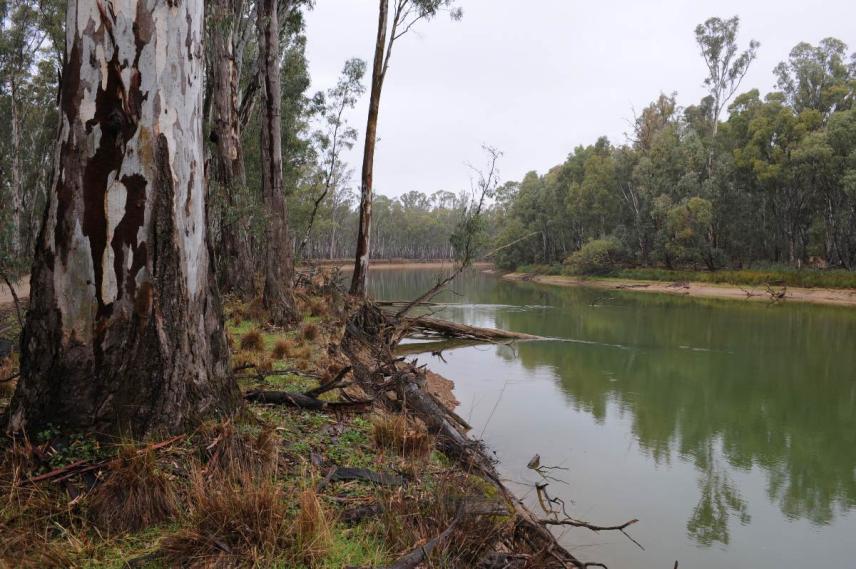The River Murray’s regulated flow capacity through the Barmah–Millewa Reach is reducing due to the build-up of sand on the bed of the river from gold mining and land clearing practices upstream in the 1800s. The sand reduces the flow capacity of the River Murray. This creates significant risks to water users downstream who rely on the delivery of water through the Reach, as well as potentially impacting environmental, cultural, and social values of the region.
To address these risks, a major project known as the Barmah–Millewa Feasibility Study has been completed to investigate and assess the feasibility of options to maintain, and where possible, reinstate the capacity to delivery water downstream of the Barmah–Millewa Reach of the River Murray.
This Study was a directive of the Murray–Darling Basin Ministerial Council and was undertaken by the Murray–Darling Basin Authority.
The Barmah–Millewa Feasibility Study was provided to the Murray–Darling Basin Ministerial Council for consideration, including next stages of development and implementation following the completion of the reports in December 2022. This builds on the preliminary scoping report that was completed in July 2022.
Aims and options
The Barmah–Millewa Feasibility Study aim was to identify options. Six potential options were explored to improve the movement and efficiency of water delivery through the Barmah–Millewa Reach and protect the health and cultural integrity of the river.
Targeted river works to stabilise banks and avoid new breakaways into the surround forest.
Selectively removing sand from the riverbed.
Changing the timing of transfers of water to Tar-Ru (Lake Victoria).
Optimising use of the Murray Irrigation Limited system to bypass the reach.
Using existing or new infrastructure in Victoria to bypass the reach and mitigate the risk of delivery shortfalls.
Transferring River Murray releases from the Snowy-Hydro Scheme to the Murrumbidgee River for delivery to water users downstream of the Barmah–Millewa Reach.

Cultural and environmental significance
As the Reach is significant to First Nations and for supporting Ramsar listed wetlands, particular focus and consideration is being given to environmental and cultural needs.
The project team has worked closely with First Nations, communities, river operators, environmental groups, water industry representatives and state governments to ensure the selection of the most appropriate options to maximise the benefits for everyone.
Latest video update
A wrap-up of the Barmah–Millewa Feasibility Study – December 2022 is available in video format with accompanying slides.
Last updated: 17 January 2024